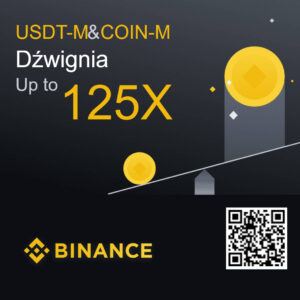Rate Lisk 0,76 PLN
Change (24h): -0,26%
Started at: 01-02-2016, Concept: Delegated Proof of Stake
Tags: Platform, Smart Contracts, Sidechains, Decentralized Applications, Delegated Proof Of Stake, Cryptocurrency
Calculator LSK / PLN
How is 1 Lisk?
| LSK | 0 PLN | |
| PLN | 0 LSK |
Team
- Max Kordek
- Oliver Beddows
- Isabella Dell
- Ricardo Ferro
- Joel Fernández
- Maciej Baj
- Francois Chavant
- Julian Alterini
- Diego Garcia
- Iker Alustiza
- Jon Gros-Dubois
- Michael Borowiec
- Mat Piaggi
- Jennifer Tekneci
- Usman Khan
- Jacob Kowalski
- Juan Gonzalez
- Yair Etziony
- Lucas Isasmendi
- Lindsay Buescher
- Kuba Kufel
- Thomas Schouten
- Michał Tuleja
- Mariusz Serek
- Lothar Skorupka
- Huseyin Yilmaz
- Jan Liz-Fonts
- Nazar Hussain
- Will Clark
- Gina Contrino
- Nicolai Steinel
- Rene Thomas
- Hagen Plum
- Bart Stassen
- Yashar Ayari
- Tobias Schwarz
- Vit Stanislav
- Shusetsu Toda
- Ali Haghighatkhah
- Lisa Sonnenstuhl
- Guido Schmitz-Krummacher
- Mona Barenfanger
- Lucas Silvestre
- Manu Nelamane Siddalingegowda
- Pablo Molina
- Michał Tomasik
- Andreas Kendziorra
- Andrei Klimenok
- Jan Hackfeld
- Mehmet Yatki
- Christian Vatter
- Anastasia Albert
- Monica Tartau
- Valeria Ippolito
- Domenico Loia
- Pascal Schmid
- Andries Bellemans
- Angela van den Eijnden
- Burak Dogan
Another prices
- REEF 0.00061 PLN -7,58%
- BOB 0.00031 PLN 0,00%
- BOB 0.00000021 BTC 0,00%
- ETH 2740 EUR 2,00%
- COMP 73.000001 USDT 0,00%
- VET 0.00000013 BTC 8,33%
- WABI 0.0000003 BTC 0,00%
- DENT 0.000222 USDT 3,74%
- KEY 0.001253 USDT 0,00%
- BCD 0.00001351 BTC inf%
Do you know how buy Lisk?
Description
Lisk (LSK) is a blockchain platform that enables developers to build decentralized applications using JavaScript, offering a user-friendly environment for creating and connecting sidechains. Its goal is to enhance the adoption of blockchain technology by simplifying the development process. Source: CoinPaprika.com
Do you have account on KryptoBot?



